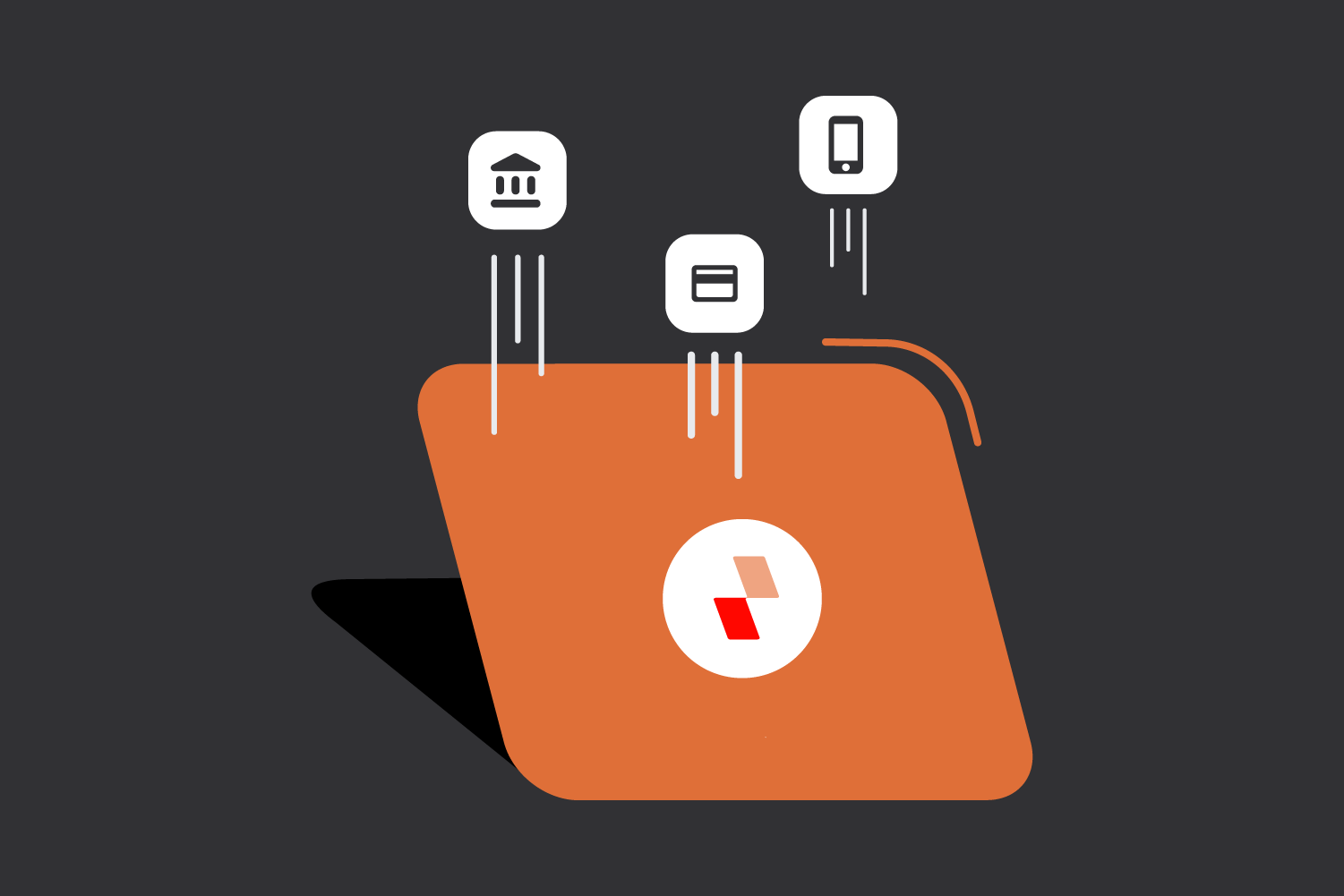In today’s fast moving digital world, companies have a need to decrease the cost of financial operations and want to have greater insight and control over their working capital and liquidity positions.
At the same time, tightening regulatory pressures and an emerging need to offer differentiated product offerings is allowing embedded finance providers to focus on market innovations such as virtual accounts.
Virtual accounts, though not a new concept, offer the opportunity for companies to automate their financial processes in a cost effective way.
What are virtual accounts?
Virtual accounts are nothing but shadow accounts that offer the same capabilities as a bank account. However, they don’t come with the administrative workload and costs associated with most bank accounts. Thus, drastically reducing the need for real physical accounts.
Since each virtual account is unique, receiving funds into a specific virtual account makes it easier and faster for businesses to identify who made each transaction. Furthermore, virtual accounts give businesses the ability to reconcile payments in real time.

Over time, virtual accounts have evolved to improve cumbersome financial processes like sending, collecting and storing your business money movement. In this blog you’ll get a comprehensive view of various fundamentals and features of virtual accounts.
What are virtual accounts used for?
Virtual Account is a pass through account linked to a real bank account. The account is used to improve inward and outward payments reconciliations. When a business receives payments from multiple sources and over a period of time, it gets difficult to track-who paid and which reason.
This is usually reconciled manually by matching reference numbers in the bank statements with screenshots provided by a payer. By creating multiple virtual accounts mapped to the same account, it becomes possible to reconcile different incoming transactions into a bank account.
1. Allot unique virtual accounts to each customer for payment collection
Virtual accounts APIs can allow you to create unique account numbers for each of your customers from whom you receive payments. The customers can use them to make the payments, and as soon as the funds reach your bank account, you can get all the details of the transaction.
2. Accept payments via all modes of bank transfers
A virtual account is just like a physical account in terms of transacting and usage. You can transfer funds to a virtual account through traditional bank transfer methods such as NEFT, IMPS, or RTGS. Furthermore, each virtual account API provided by Zwitch also has a UPI ID and a UPI QR associated with the account.
3. Reconcile payments automatically without any manual errors
Virtual account API is the answer to your struggle with those never-ending reconciliations. When your customer makes a payment using a virtual account number, you get notified immediately with all the details of the customer who made the payment. Basically – reconcile with zero effort.
4. Build your own wallet for payments and collection in your product flow
Virtual account API can enable your platform to build a wallet facility for your customer where you can exchange, send, receive, and request money. You can continue to hold the money received in the platform balance, alternatively, you can transfer it to your linked bank account.
5. Can be used as a escrow account to mediate your transaction
Virtual account API facilitates the benefits of escrow account which gives security against scams and frauds especially with high asset value and dispute-prone sectors like real estate and loan providers.
How do virtual accounts work?
Virtual accounts usually operated in 2 ways:
1. Virtual account created on top of a nodal or escrow account
An escrow account is an account where funds are held in trust whilst two or more parties complete a transaction.
Virtual accounts created on nodal or escrow accounts are temporary. Here the funds remain only for a short duration till transferred to its payee. This way when we make a payment, the money goes to a nodal/escrow account through a payment gateway.
Let’s take an example – Suppose a platform onboards goods from multiple sellers across regions and settles payments using transaction medium NEFT/RTGS or IMPS, the funds are transferred in a virtual account that stays there temporarily until it reaches the seller in a settlement on a confirmation from both the parties.

2. Virtual account created on top of a business or current account
In this, the virtual accounts are made based on a business or current account where a current account is involved in setting up virtual accounts. When a customer transacts through the virtual account, the business owner will identify the payer’s details through the virtual account number.
Businesses can deduce customer information and reconcile payments with ease, also it can get an overview of transactions happening across departments. Virtual accounts are beneficial for NBFC to easily manage loan disbursement.
With every loan taker being assigned a virtual account number that can be created based on the name of the receiver , the company can e-collect interest via bank accounts and use the account number to track where the payment has come from.

What is the difference between virtual and physical accounts?
In a nutshell, virtual accounts have all the capabilities of real bank accounts, but with added flexibility and self-service functionality.
Like physical accounts, virtual accounts have unique account numbers providing companies access to all pay, receiving and reporting functions. Account numbers can be assigned by the bank or be chosen by the company.
Virtual accounts can also participate in a mechanism for calculating interest on the combined credit and debit balances of accounts, cover a single or multiple entity structure, and track, report, and settle inter-company loan positions.
In practice, a virtual account hierarchy could be underpinned by a single physical account header, with as many virtual accounts as needed sitting underneath.
Payments and receipts can be processed through each virtual account while the actual fund movements take place through a single physical header account.

Zwitch your way to a business virtual account
The embedded finance revolution has refined business and cash management for companies across the globe. Zwitch powered virtual accounts API is here to enable and empower your business to re-think the way you and your customers experience banking, as virtual accounts will help you to streamline the entire finance process and thus improving visibility and efficiency, while reducing costs.
And further, helps your platform to be more inclusive by easily providing add-on financial services to your audience which would make the banking & financial services accessible in any platform of choice.
What Zwitch has to offer?
- Instantly create virtual bank account: Our APIs can generate virtual bank accounts and virtual UPI IDs in no-time assigned to individual customers in real-time via Zwitch APIs (Application Programme Interface)
- Zero Costs: There is zero cost involved to create customised virtual bank accounts and UPI IDs bearing your company or brand’s name as a prefix.
- Multi-Bank Support: We enable you to create customised account numbers on multiple banks within a single integration.
- Auto-Refund: You can instantly refund any payment made to wrong and deactivated accounts.
- Payment from Multiple payment modes: Virtual bank accounts created from Zwitch can accept payments through NEFT, RTGS, IMPS, and UPI.
- Third-Party Validation: Accepts payment-only accounts that are KYC (Know Your Customer) verified.
- Real-time notifications: Receive real-time notifications on payments with Web-hooks.
- Personalisation: Create custom UPI IDs to match your business needs and branding.
Virtual accounts provide the flexibility to structure and segregate data effortlessly. Moreover, they skip the time-consuming and paper-intensive process of opening, closing and altering of physical accounts. Therefore, if you want a smarter solution to several business banking problems, virtual accounts can be a suitable option.
If you’d like to learn more about virtual accounts or the work that Zwitch is doing, please feel free to reach out at zwitch.io



0 Comments